
Jessica Bardsley
Harvard University
Ocean Waves and the Metaphysics of Infinity
“Ocean Waves and the Metaphysics of Infinity” is the first chapter from my book manuscript Fluid Materialisms: Contemporary Art in the Hydracene. The book explores the fluid ecological perspectives developed by contemporary artists using and representing water. This chapter focuses on the 1960s, examining the work of artists Agnes Martin, Vija Celmins, Michael Snow, and Bas Jan Ader, who turned to infinite planes of ocean waves in an attempt to liquefy boundaries between human and environment.

Meg Dobbins
Eastern Michigan University
Kipling’s Water Works and Imperial Buoyancy
The book in-progress from which this chapter is drawn places the fraught legacy of British imperialist author Rudyard Kipling (1865-1936) within the exigent projects of twenty-first-century decolonization and waste management. I argue that if we take seriously the impassioned rejection of Kipling by many of his younger readers (“Kipling is imperialist trash!”), Kipling comes to constitute a kind of disgustingly buoyant literary junk or detritus.
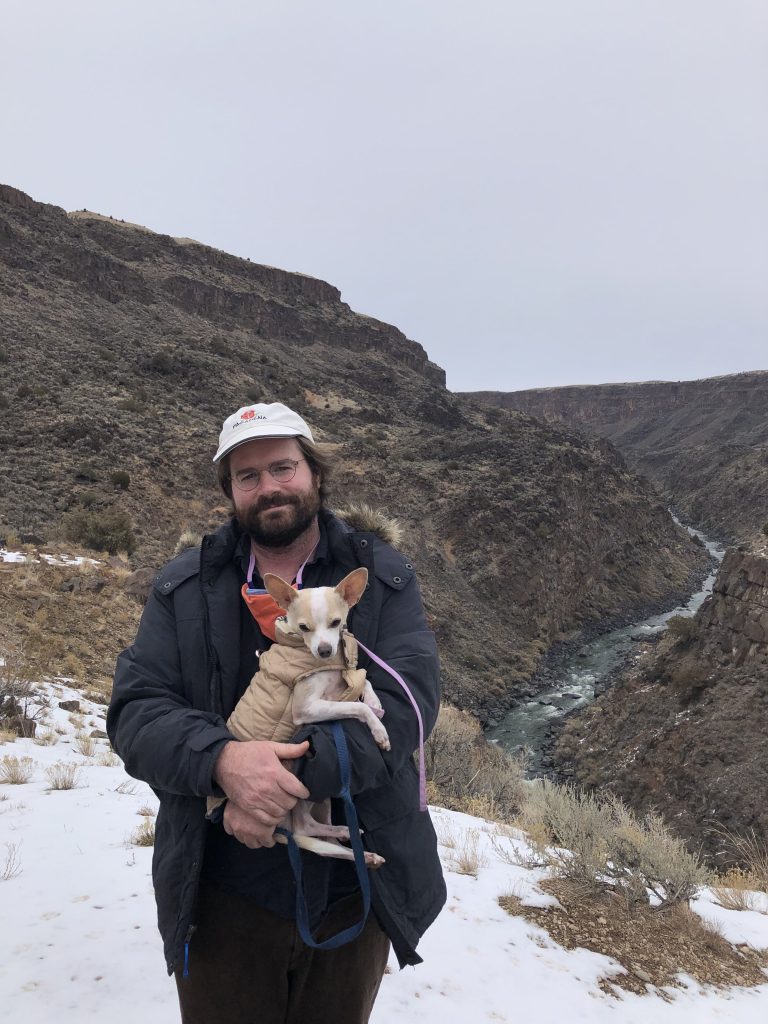
Nick Earhart
University of Southern California
Water Works: Art and Ecology along the L.A. River
My dissertation project looks at the relationship between art and activism along the L.A. River since the 1970s. Cast in concrete in the twentieth century, the river has come to signify the social and ecological impacts of industrial modernity, as well as possibilities for collective action. I aim to consider the stakes of such “emblematic” sites and address artistic efforts to rethink place in a time of planetary crisis.
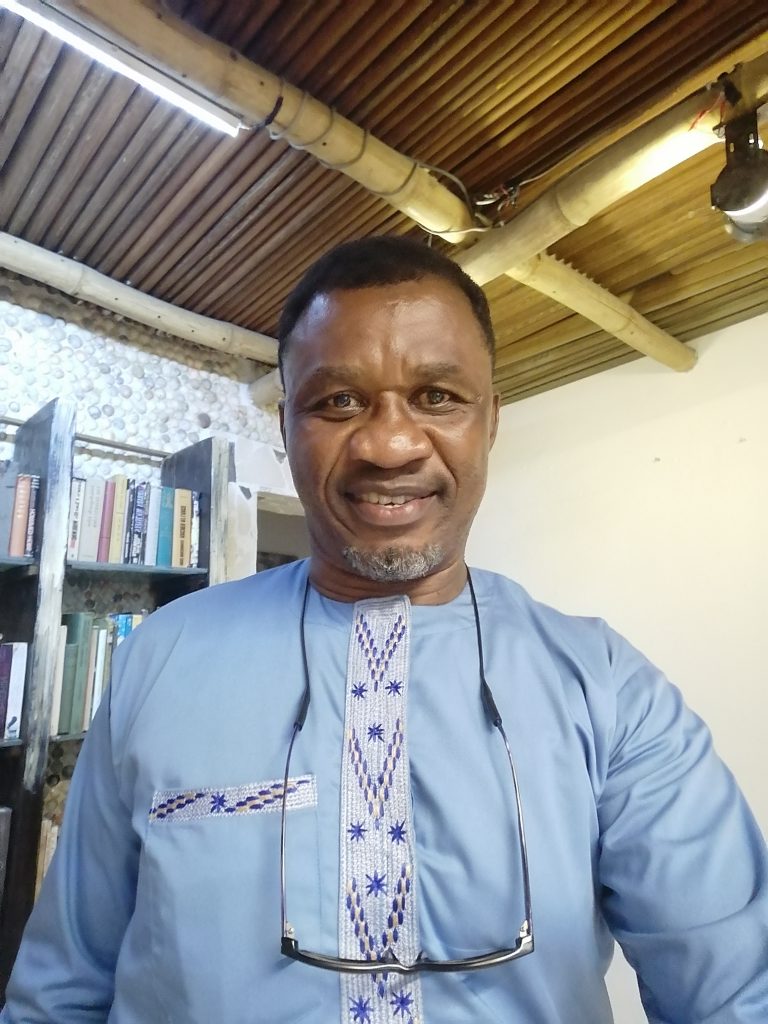
Feyisitan Ijimakinwa
University of Ibadan, Ibadan, Nigeria
Sacred water and the intersection of nature, health, culture and political economy
This study examines sacred water practices and traditions in Ita Ogbolu, a rural community in South western Nigeria, where a spring called Odo Awe’momo and sacralized for its natural healing and curative properties, draws thousands of people, and how it intersects with nature , health, culture, environmental developments and power relations.
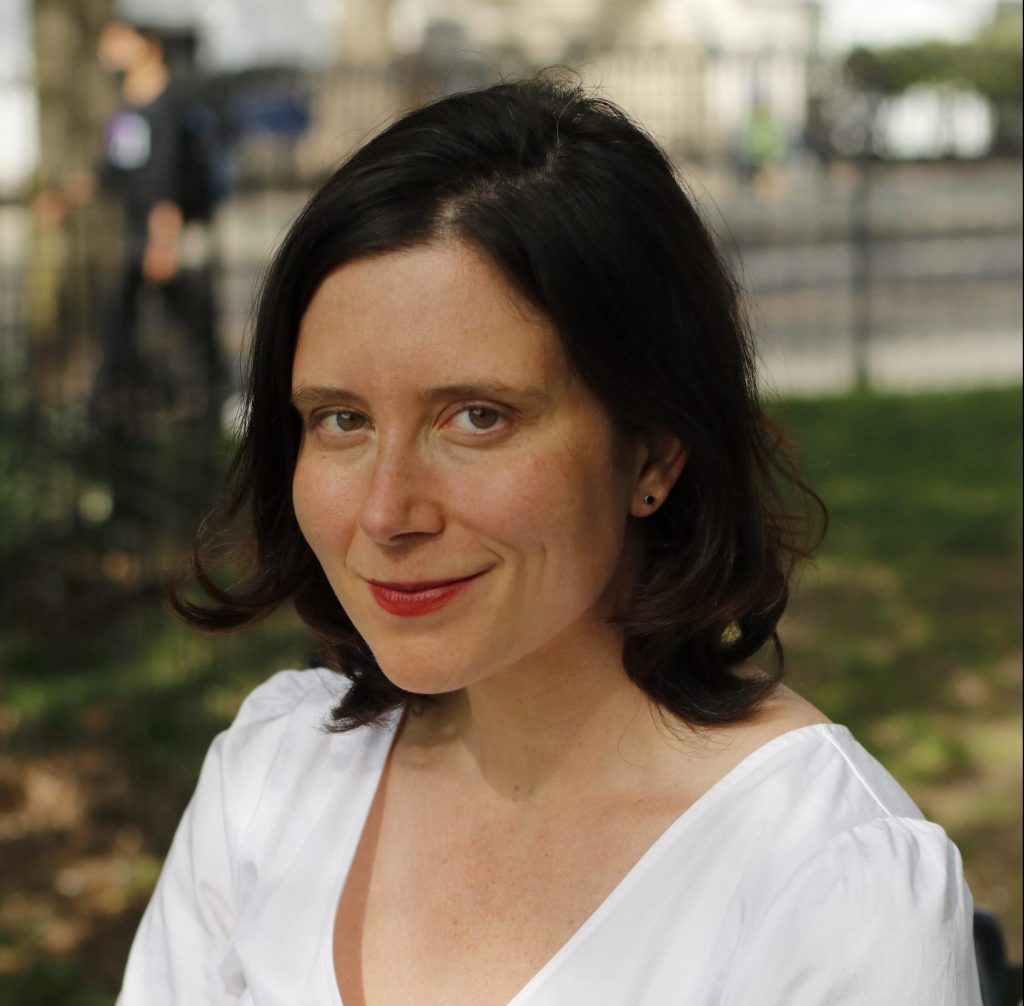
Eugenia Kisin
New York University
Vital Currents in Art and Pedagogy
This chapter focuses on two are water-based projects of curatorial remediation that play with the museum form and its permeability: A Museum for Future Fossils, a multi-sited speculative museum that I organized with art historian Kirsty Robertson, and WetLab, an emerging initiative for art-science on Governors Island in New York City, co-directed with archaeologist-volcanologist Karen Holmberg. Both are theorized as “museums without walls,” and are presented here as exhibits, through story-telling, images, and text.

Jason Payton
University of Georgia
“A World Floated in Blood”
“A World Floated in Blood” explores representations of piratical and environmental violence in the context of Carmen Boullosa’s Son vacas, somos puercos/ They’re Cows, We’re Pigs. This chapter reads Boullosa’s novel in hemispheric contexts by placing it within the centuries-long tradition of the buccaneer narrative, and it argues that a critical assessment of the cultural significance of the Caribbean pirate, or buccaneer, must center contemporary Latinx voices such as Boullosa’s. This chapter comes from my current book project, which is devoted to the study of literary representations of the buccaneer from the early modern period to the present, and to the myriad connections between the political project of piracy and its aqueous environs within the archive.

Luna Sarti
University of Pennsylvania
Subjugating the River God: Harnessing the Arno with Mathematics and the Arts in 16th-century Florence
Throughout the 16th century, the Medici sponsored both artistic and mathematical conceptualizations of the Arno River while recasting its function as a vehicle for political discourse. By investigating the tension between personification and mathematization in 16th-century understanding of the river, I discuss how the two approaches favor the development of modern hydrology in relation to an economy articulated around trade, mill industry, profit, and intensive agriculture. This paper shows how the gradual transformation of river waters into powerful, unworthy matters through the arts and mathematics sever river nature from contemporaneous notions of waters in law and religion, thus facilitating the appropriation by the Medici of the rights to control the river for accumulating power and wealth.
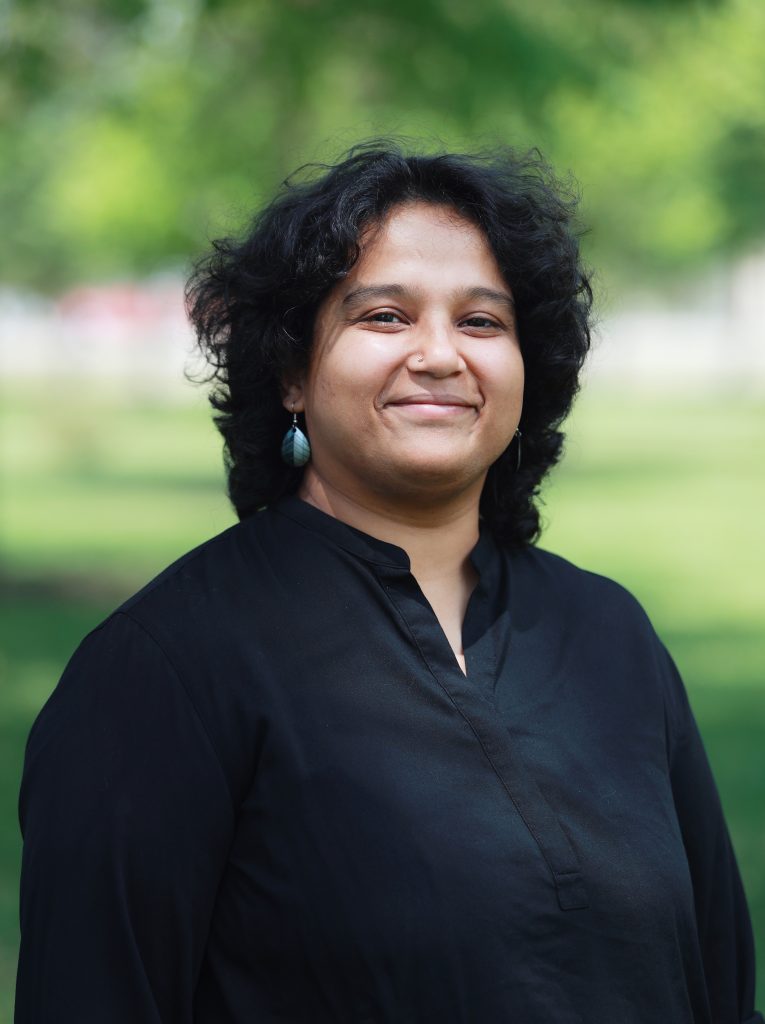
Ramya Swayamprakash
Michigan State University
What is a River?
This short piece explores how rivers came to be ordered they way they did. It then provocatively asks if we should perhaps not re-read them?

Lorena Bickert
University of Bamberg
Heroic Bodies Underwater: Aquatic Eco-Heroism in Joan Slonczewski’s A Door into Ocean (1986)
My PhD project is located in the field of ecocriticism and investigates renegotiations of the American hero figure in contemporary North American novels that focus on ecological crises. I define this new form of what I call “Eco-Heroism” as a distinctly corporeal concept of embodied ecological crisis. I argue that the (human, nonhuman, and more-than-human) body becomes a discursive space upon which both heroic and ecological discourses are inscribed, challenging not only colonial histories of oppression, but also forms of environmental exploitation linked to these practices.
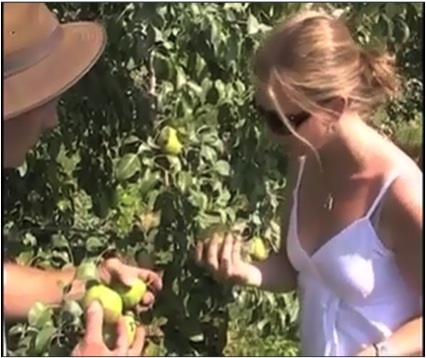
Claire Campbell
Bucknell University
Cities by the Sea
Coastal cities are becoming a focal point in discussions of climate change. As rising seas reshape hemispheric space, we are confronting the historical legacies of building cities by the sea centuries ago. Accordingly, we need to rediscover our urbanized coastlines: the processes by which waterfronts were made and remade over time; the extent to which our cities were built around and over water, fresh and salt. My research focuses on four cities in Atlantic Canada during the long nineteenth century, to investigate how urban water was shaped by the agendas of the Anthropocene.

Elizabeth Hameeteman
Boston University
Excerpt from Dissertation Part II, “Distribution”
My dissertation, titled “Pipe Dreams: Desalination, Development, and the Global Quest for Water in the 1950s and 1960s,” uncovers how desalting technologies and expertise, and the ideologies behind these, proliferated in the postwar era. Fueled by deeply-rooted visions of a water-abundant future, a loose but driven network of policy makers and experts looked to position desalination as a potential new and innovative strategy to bridge the water gap to offset increasing water demands, to help increase the productivity of regions struck by aridity and drought, and to facilitate economic development and drive modernization in the process. By examining how countries, such as the United States, the Netherlands, and Tunisia, and international organizations, such as UNESCO and the IAEA, imagined and implemented desalination, and played up its potential, I am able to show how the promise of desalination has persisted to this day.
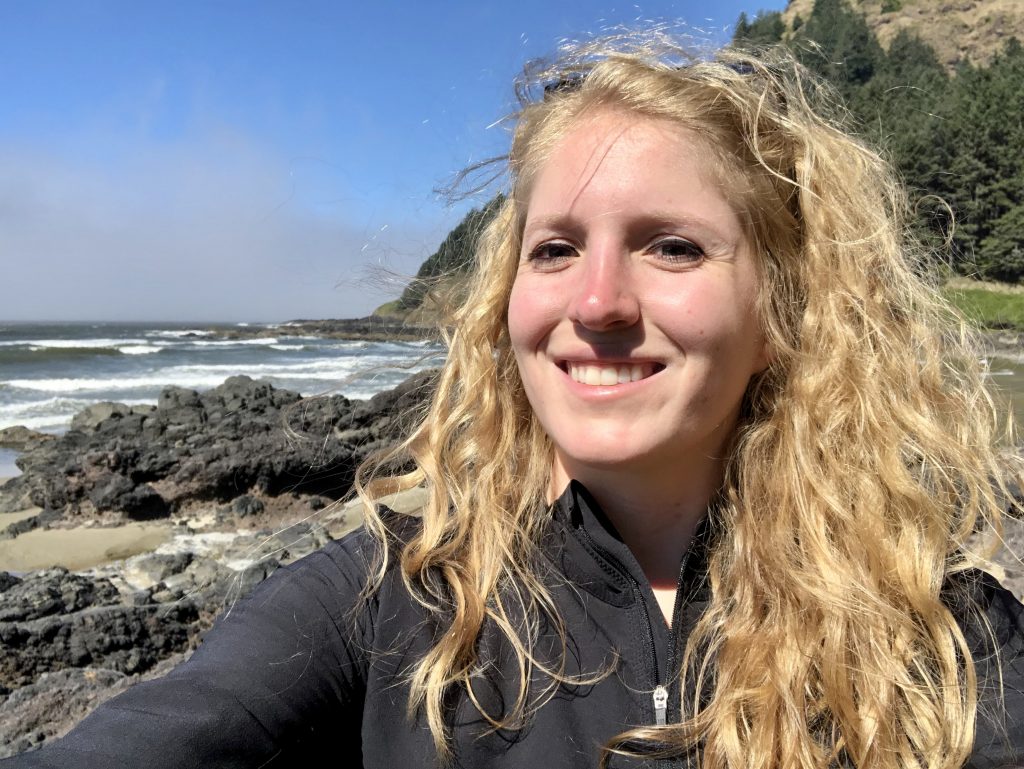
Alison Maas
University of California, Davis
Erosion: the Vanishing Coast in Muriel Rukeyser’s “The Outer Banks”
Engaging current work in coastal studies and critical ocean studies, my project tracks the long residues that have shaped coastlines through cycles of weather and tide but also the instantaneous fallout of clashes between elements in dynamic interplay. To do so, I look to the vanishing coastal setting set forth in Muriel Rukeyser’s poem “The Outer Banks” from her 1969 poetry collection The Speed of Darkness through its role in the contemporary crisis of coastal erosion.

Anupama Mohan
Presidency University, Kolkata, India
“Deep Waters”: Djinns, Spirits, and Deities of the Indian Ocean
This chapter/essay is part of a longer, book-length study where I propose to explore the Indian Ocean as providing a thematic and a method/aesthetic for reading and interpreting a range of literatures emerging from the Indian Ocean rim in the last one hundred years. The temporal sweep of a hundred years (beginning with the 1900s which saw new waves of migration for rail-work by thousands of Indians to the shores of East Africa) allows for a renewed engagement with notions of modernity, the global and the local, and cosmopolitanism, among others, that have been overwhelmingly read from the perspectives of terrestrial literatures, where the Indian Ocean has been, at best, a peripheral or inert presence, and at worst, completely forgotten as a tangible, material factor in the very formation of the world’s literary and cultural histories and traditions. Anglophone, Francophone, and Creolephone works in translation provide the broad archive for my project.
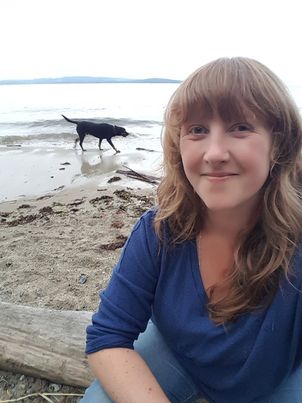
Emma Morgan-Thorp
York University
Swimming Lessons
In this dissertation chapter I take up ‘watery methodologies’ from several thinkers (Probyn, Wong & Christian, Jue, Neimanis, Gomez-Barris, Todd) in an attempt to reorient myself towards water as a strategy for decolonizing my presence on Tla’amin territory. I also reflect on my own relationships with water as a settler on Tla’amin territory, and interview local textile artist Annie Robinson and daily ocean swimmer Karen Skadsheim.

Saba Pirzadeh
Lahore University of Management Sciences (LUMS)
Glacial Geopolitics and Cryosocial Relations in South Asian Fiction
Through a comparative analysis of Uzma Khan’s Thinner than Skin (2012) and Shubhangi Swarup’s Latitudes of Longing (2018), this essay investigates the ramifications of icy geopolitics that appropriate glacial ecologies as tourist destination and militarized zone for eco-governance.

Christopher K. Tong
University of Maryland, Baltimore County
Disaster Ecologies: Representation, Nonhumans, and Water Hazards in China and the United States
This paper is an excerpt from my book manuscript, Before Silent Spring: The Emergence of Ecological Consciousness in China and the West. In this paper, I address a methodological conundrum in representation: how to read narratives situated at the intersection of divergent approaches to textual analysis. The materials I analyze in this paper include: archival materials from the No. 2 Historical Archive in Nanjing, China; literary texts such as Ding Ling’s Flood (Shui) and Jesmyn Ward’s Salvage the Bones; and first-person accounts of Hurricane Katrina.

Sritama Chatterjee
University of Pittsburgh
Towards an Indian Ocean Anthropocene: The Undersea in Indian Ocean Speculative Short Fiction
In this paper, I focus on the ‘deep Indian Ocean’ to interrogate : how does one envision modes of doing Indian Ocean Studies in the Postcolonial Anthropocene that is alive to enduring forms of life when a form of eco-pessimism has grasped the present? First, through an exploration of speculative short fiction set under the Indian Ocean, I demonstrate how the undersea invites us to engage in acts of listening, noticing, and immersing and thereby enable us to reckon with the violent legacies of empire and yet revitalize the present. Secondly, I argue how this body of Postcolonial speculative underwater fiction generates a set of aesthetics and tropes that shows how speculative fiction can offer a bridge between the grand time of the Anthropocene and the granular forms of the everyday.

Rebecca Cheong
Pennsylvania State University
Adobe Illustrator and Herman Melville’s Pacific
This chapter carries out a software studies approach to mapping Herman Melville’s early Pacific novels, Typee and Omoo, in a manner that takes the software application, Adobe Illustrator, as its object of study—that is, I focus on the software tools and infrastructure on which I have created non-mimetic, non-standard vector maps to accompany my readings of the two novels. My discussion will consider the visual logic of these tools as well as that of my maps. The chapter is part of my dissertation, provisionally titled “Software Ocean: New Media Aesthetics and Water in Nineteenth-Century American Literature,” which brings new media perspectives to nineteenth-century oceanic studies.
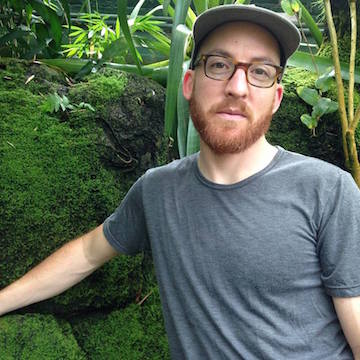
Adrian Drummond-Cole
University of California, Santa Cruz
Political Hydrology
What role has hydrology played in the advance of empire? How were water measures like the “acre foot” forged in processes of settlement and dispossession? I address these questions via the archive of 19th-century state scientist John Wesley Powell in order to reevaluate the role of water relations in the colonization of North America and the role of colonization to the constitution of hydrologic knowledge.

Sabrina Kirschner
UniBW Munich (Germany) / Autonomous University East Belgium (Belgium)
São Paulo, the Inter-American Development Bank and the Sistema Juquerí
In her PhD project Discovering Urban Environment as a Field of Development Policy Sabrina focuses on early urban development projects on air pollution management in Mexico City (Mexico) and water pollution management in São Paulo (Brazil). The project explores how the perception and dealing with urban environmental problems changed since the mid 20th century and aims to pinpoint when urban environmental problems became a new field of development policy.
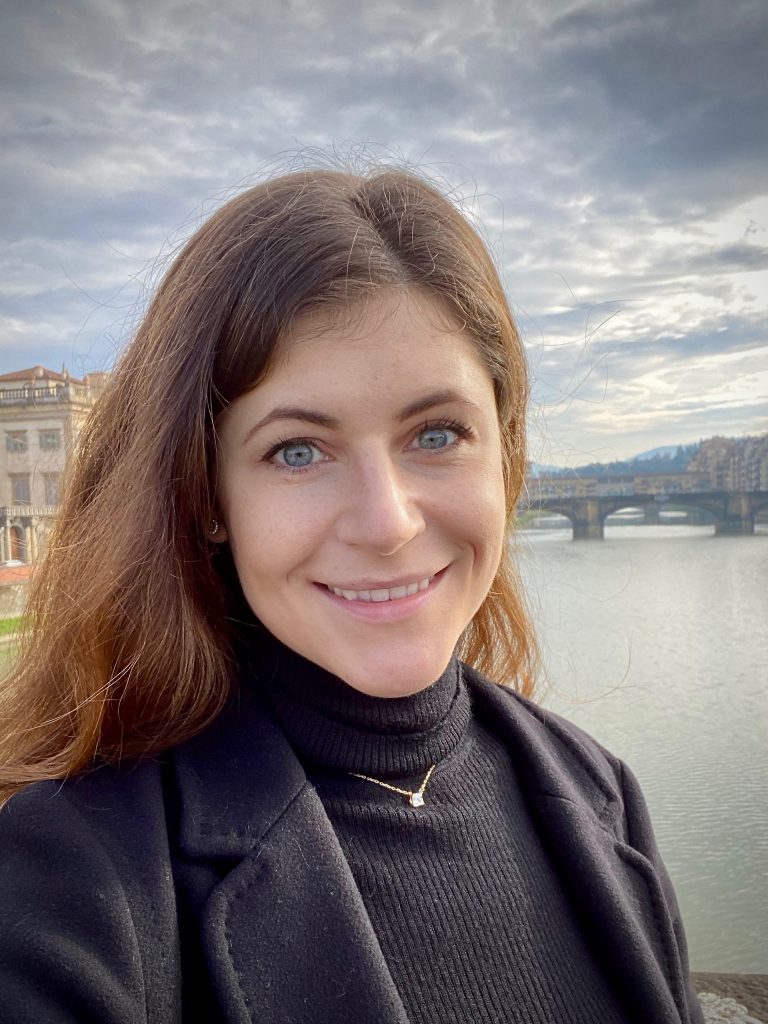
Caroline Murphy
MIT
Of Rivers and Remedies: Engineering Hydraulic Territory in Early Ducal Tuscany
The workshop piece is an in-progress draft of the second chapter of my dissertation, “Designs for a Disordered Nature: Water, Infrastructure, and the Engineering Imagination in Grand Ducal Tuscany, ca. 1550–1610.” The larger project examines how architects, engineers, and statesmen approached flood prevention and territorial hydraulic planning not only as technical problems, but also as political and economic ones. Focusing on the ideas of hydraulic engineers who served the Tuscan state soon after its creation, this chapter examines the technical writings one such figure, the little-known Girolamo di Pace da Prato, to show how higher-order theoretical knowledge about the workings of water as a comprehensive, territorial system emerged from technical and empirical practices of river surveying in the aquatic landscape.

Holly Jean Richard
University of South Dakota
Danger and Distress on the Mighty Mississippi: Anne McMeans’ and Elizabeth House Trist’s 1780s River Travel Narratives
Book chapter “Danger and Distress on the Mighty Mississippi: Anne McMeans’ and Elizabeth House Trist’s 1780s River Travel Narratives” analyzes early literature of the Mississippi River and presents two of the earliest written women’s accounts of traveling down the Mississippi River, written just a hundred years after the first European explorers. These narratives of their 1780s harrowing and obligatory journeys down the Mississippi River to meet up with their husbands reveal that McMeans and Trist—like other women of the time—lack the necessary skills for river travel and survival in the new frontier. More importantly, the texts disrupt the Western expansion narrative, as they highlight absences, trauma, and failure; they also expose a specifically female experience on the river, for the Mississippi River itself and the women’s traveling companions pose the ultimate risks and hold the women captive.
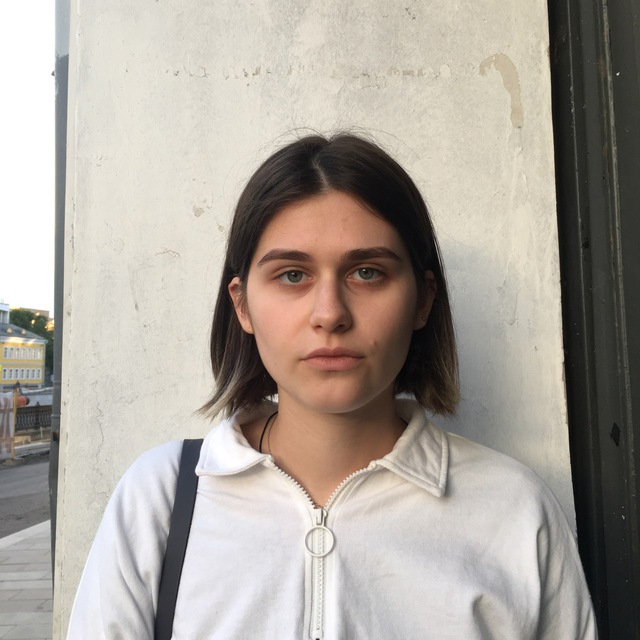
Nastia Volynova
Independent researcher
Reconstituting the Missing Archive of the Moscow Canal (1932-1937)
My work revisits the body of the Moscow Canal and explores the flow of its waters as the matter that bears witness to the violence executed during the waterway construction between 1932-1937. The research challenges the credible status of archival documentation and proposes to expand the limits of the unarchavable and produce alternative narratives that break away from the linear course of history.